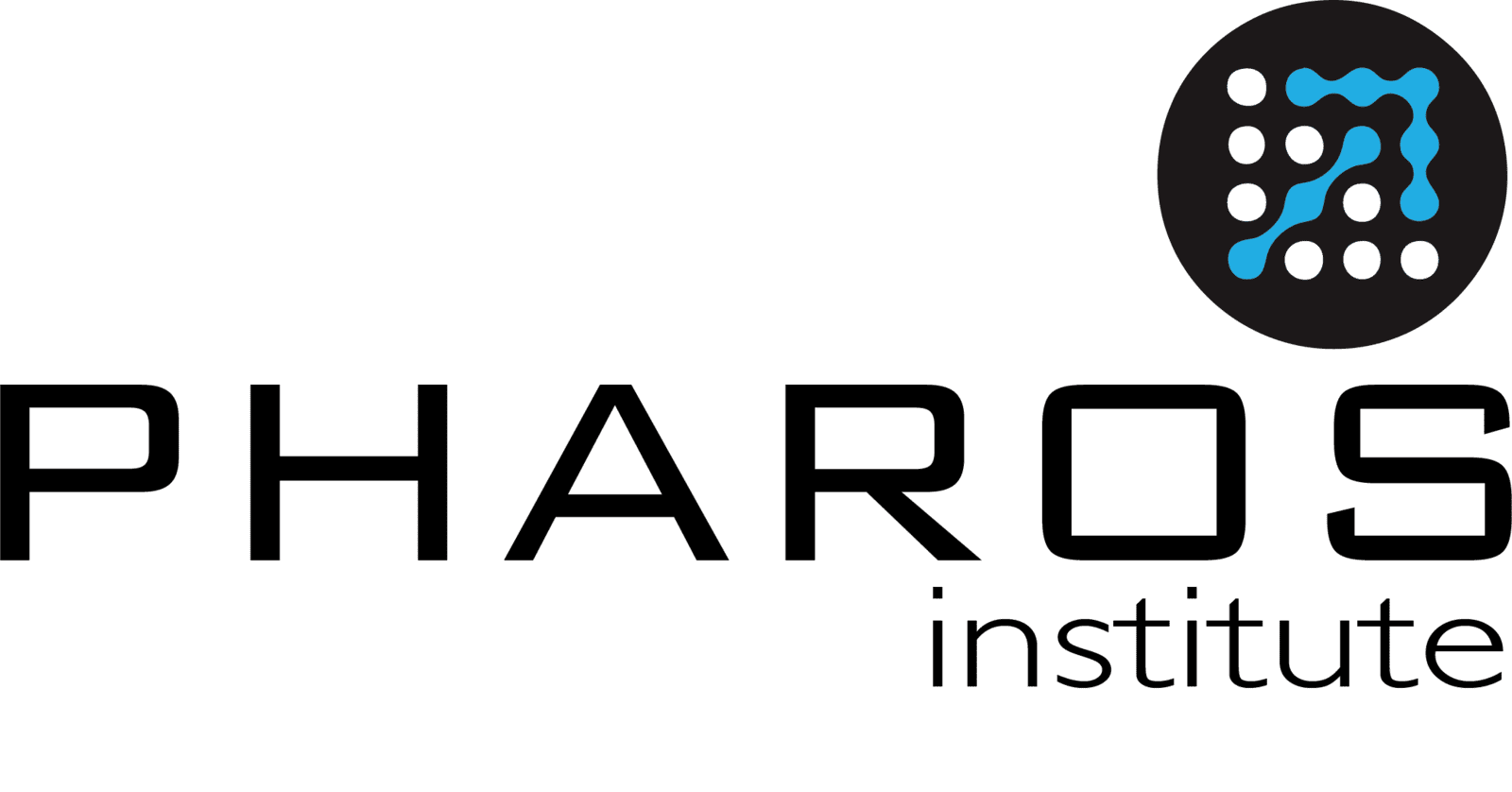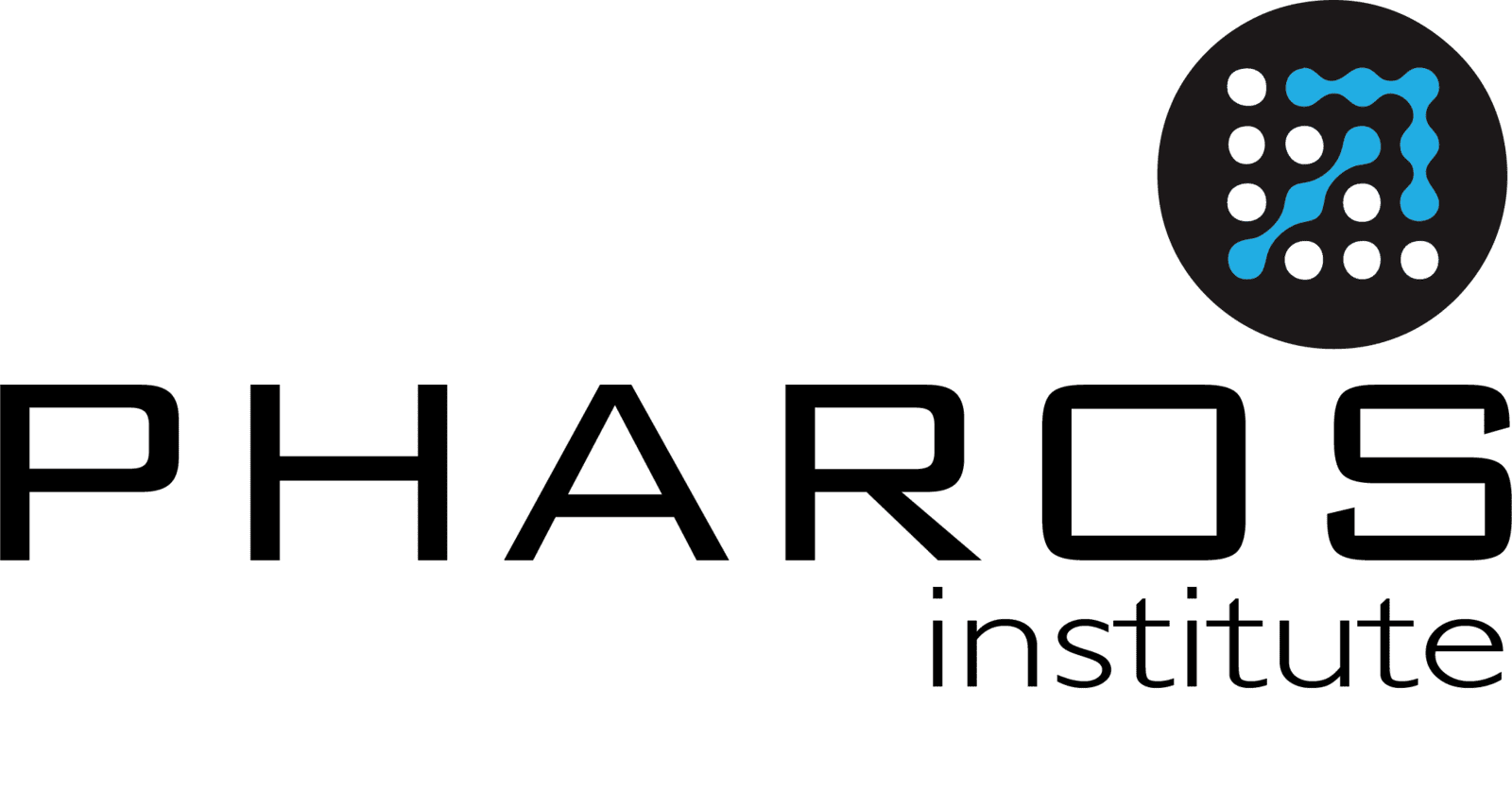The leader development and training market is so varied that comparing and contrasting programs, courses of study, how development and training is delivered, time needed away from core business and of course the cost are all important considerations. Not forgetting the underlying need for a return on investment at the individual and organisational level. My curiosity on what drives investment in leader development and training was born from my academic studies, my work history and speaking to hundreds of leaders.
Discussions around the return on investment are at times the upfront consideration and not so much at others. Add to this that the value of development and training varies among leaders, and you have an interesting dilemma – to whom does the value of leadership development and training really benefit? Is it the leader, the business, the industry, or the teams you lead? Is it some delicate mix?
According to Future Markets Insights, the value of the Australia leadership development program market was over US $1.4 billion. Just let that sink in for a moment or two. This is a considerable invest in the future of Australia, the for profit and not for profit sectors. Australian businesses and individual leaders are willing to spend and continue spending (investing in) leader development.
So how do you define, fit for future leadership? What do you need developed among leaders – self leadership, or capabilities like foresight and strategic thinking (I am not arguing these are the only leader capabilities, but they are, in my view, critically important). It is extremely difficult to argue what a definitive / best / most appropriate development and training approach is but what is clear, at least to me, is that what the market offers is whatever an individual or business needs at a given point in a leader’s career.
What an emerging leader needs may differ to a mid-career or end of career leader. Add to this the demands of the sector in which leaders work and its no wonder there are so many leader development and training options.
Its now 13 years since I was fortunate that a previous CEO, Winston Harris and the Executive Director of the Fisheries Research and Development Corporation, Dr Patrick Hone saw potential in me and funded my attendance at a leader development course with Affectus. I saw the value in the training, but it wasn’t until many years later that the lessons and experiences of the program became apparent to me, the impact Chris Calogeras and Jill Briggs (program facilitators) had on how I understood my role was an invaluable time for me as an early career leader. I preface this by arguing that for me, the training was structured in such a way that it suited how I learn but may not have suited other, emerging leaders. Did the course help develop me for work in the Australian seafood industry, yes it did, at least from my perspective.
The idea of learning from colleagues, senior industry figures has significantly focused my own thinking. I have had the benefit of access to leaders who think and act differently me and it has been my good fortune to know people were willing to share their knowledge and experience with me helping me build my thinking as a leader – these exceptional leaders have impacted my leader pathway – Johnathan Davey, Professor Luke van der Laan, Dr Wade Azmy, Shane Snow, Rachel King, and Annie Jarrett.
In trying to understand what fit for future means I suggest that its easier to look back and assess but where my learning and experience took me after my professional development led me to very different industry settings. My own professional and personal development suited me, my temperament, and my goals – sometimes aligned to my industry and former roles, at times not. This is where the need to develop leaders gets tricky, to whose benefit was the investment in me as a leader focused? My employer, my industry or me – I think a little from column A, B and C.







